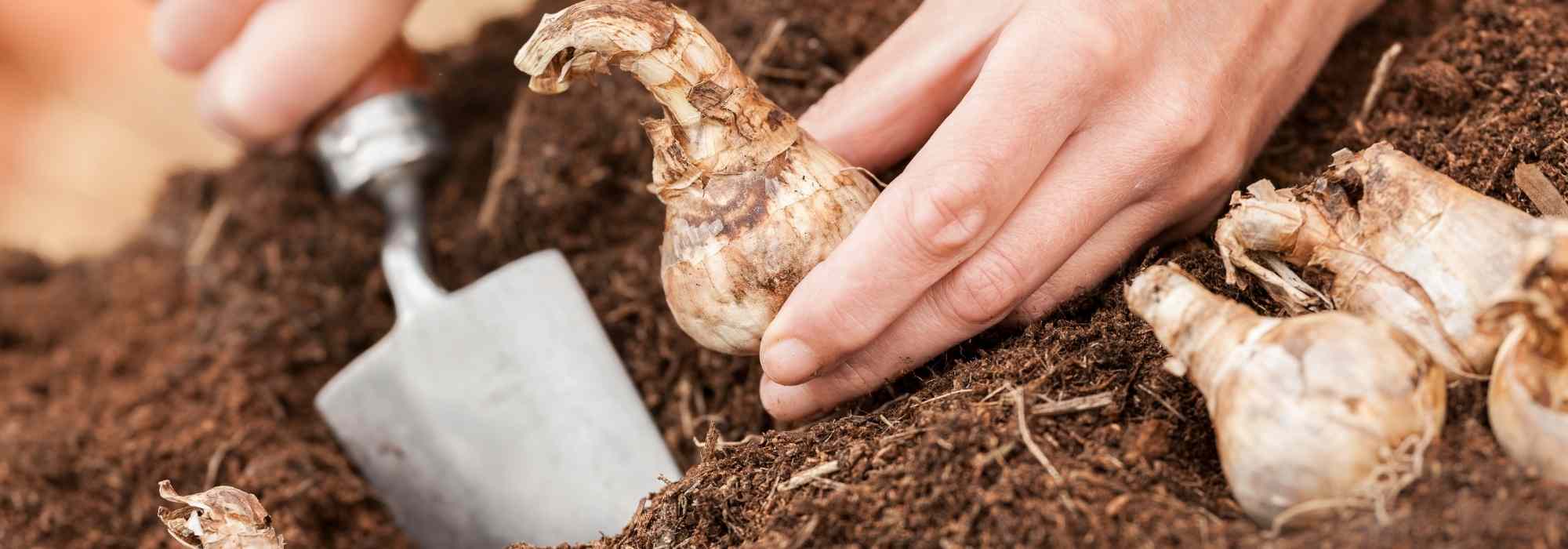
Planting bulbs: which tools to choose?
A good bulb planter for hassle-free bulb planting
Contents
“Little holes, little holes, always little holes… Holes for the bulbs...” Autumn is planting season for bulbs if you want flowers in spring and summer but let’s not forget spring plantings for some later flowering. Either way, you’ll have to plant them! Planting always follows the same principle: dig a small hole and place a bulb in it, root at the bottom and shoot above. But depth of the hole (or even size of the hole) will not be the same depending on bulb size. You’ll need to equip yourself accordingly for easy planting and guaranteed success. Let’s take a quick look at the different options for planting our bulbs in the best possible way.
Traditional bulb planter: for small bulbs!
Couldn’t be simpler! Push conical dibber to required depth and… drop bulb in, then refill hole with soil. Traditional dibbers are both robust and easy to use. They can also be used for tasks other than planting bulbs: make furrows for sowing or even plant small perennials. This type of tool is ideal for slipping between plants thanks to compact size and is also perfect for heavy, compact soil.
- Wooden crozier dibber is a handy garden tool fitted with a sturdy angled wood handle (1).
- For an all-steel tool, opt for a 100% steel dibber (2).
Note: this type of tool also exists with a long handle to avoid bending down (3).
- Another more traditional type of dibber exists (4), different in design. It is fitted with an ash handle and a carbon-steel basket-shaped spade head whose sharp edges penetrate any soil type, and even allow slicing directly into short grass meadow to install bulbs. This tool is truly perfect for hard, compact, clay soils… as it penetrates exceptionally well thanks to its cutting edges. Spade plunges into soil vertically and traps soil in the basket. All that remains is to remove tool from soil carefully then let bulb slide to bottom of hole thus formed before refilling with extracted soil.
Read also
Planting spring-flowering bulbsGraduated and/or jointed bulb planter: for all bulbs!
Let’s get straight to the point: genuine bulb planters! The principle is simple. The tool is driven into the soil to a certain depth. A plug of soil remains trapped in the “basket” when the planter is pulled out. The bulb is placed in the hole and the extracted soil retained in the “basket” is used to fill it back in. These tools should be made from sturdy materials and, where possible, treated so the surface that penetrates the soil is polished: this prevents substrate from sticking to the planter.
They come in various types, from simplest to most sophisticated:
- Simple bulb planter : a traditional bulb planter is a robust, practical tool fitted with an ash wood handle. This planter makes 6 mm diameter planting holes with ease, then lets you install bulbs of all sizes, and even small plants grown in buckets. These types of planters are as simple as they are sturdy and will serve you in the garden for life.
- Graduated bulb planter : same principle, except the planter is graduated to check exact planting depth of the bulb. The graduated bulb planter is a handheld tool with a flat base for better contact between bulb and soil and saw-tooth edges that penetrate soil easily. Centimetre graduations are engraved on its polished steel outer surface (which prevents soil sticking to the tool!) to plant bulbs at correct depth.
- Jointed bulb planter : top of the range! Although a tad less sturdy than fixed-basket bulb planters, jointed bulb planters really are the must-have for planting bulbs. Jointed bulb planter features a jointed handle and a head whose sharpened edges sink easily into the soil to dig the hole. The jointed head is pushed vertically into the soil and traps a plug of soil. Simply withdraw the tool carefully and place the bulb or a tubercle at the bottom of the hole. The trapped plug of soil is easily ejected thanks to the handle-spreader system and will fill the planting hole.
Discover other Spring bulbs
View all →Available in 1 sizes
Available in 1 sizes
Available in 1 sizes
Available in 1 sizes
Available in 1 sizes
Available in 1 sizes
Available in 1 sizes
Available in 0 sizes
Available in 1 sizes
Available in 1 sizes
Long-handled bulb planter: avoid back pain!
Ground is low, that’s a fact. Moreover, it seems to sink more and more over time. So gardening, which used to be an enjoyable hobby, is gradually becoming a chore. To avoid that and nasty back pain, choose long-handled bulb planters! No need to bend down, bulb planting can be done standing up.
- Single long-handled bulb planter : long-handled bulb planter features a long handle finished with a large ergonomic “T” grip covered with wood. The tool itself is a “basket” that digs planting holes suitable for bulbs of all sizes. Gardener works without bending, bracing foot on step and on handle to spare back.
- Jointed long-handled bulb planters : two-handled bulb planter consists of two long wood handles. Each handle ends with an incurved, pointed and sharp blade that easily digs planting holes into soil. Clump of soil is held by the two blades until handles are released. Afterwards, place bulb between the two blades, position it where desired then press with foot on jointed stirrup so whole assembly penetrates into soil. Then simply loosen handles while pulling tool out of soil so bulb rests at bottom of hole.
Bulb planter with automatic handle: for easy planting!
It’s new! It’s modern! A bulb planter that almost works by itself.
The automatic-handle bulb planter consists of a steel shaft fitted with a handle whose trigger controls opening and closing of the head at the other end. The tool’s head, in steel, has dentate, sharp edges to penetrate soil easily, helped by the footplate which further aids penetration into the soil. Operation is simple: push planter into soil to required depth. Then squeeze the handle trigger and withdraw tool from soil. The head traps a small plug of soil and leaves a planting hole into which you slide your bulb. Then place planter above bulb, release trigger to let the small extracted plug of soil fall back. Move on to next bulb and so on…
Learn more
- Find our article: “What is a bulb dibber used for?“
- Discover everything you need to know about dibbers and transplanters.
- Subscribe!
- Contents
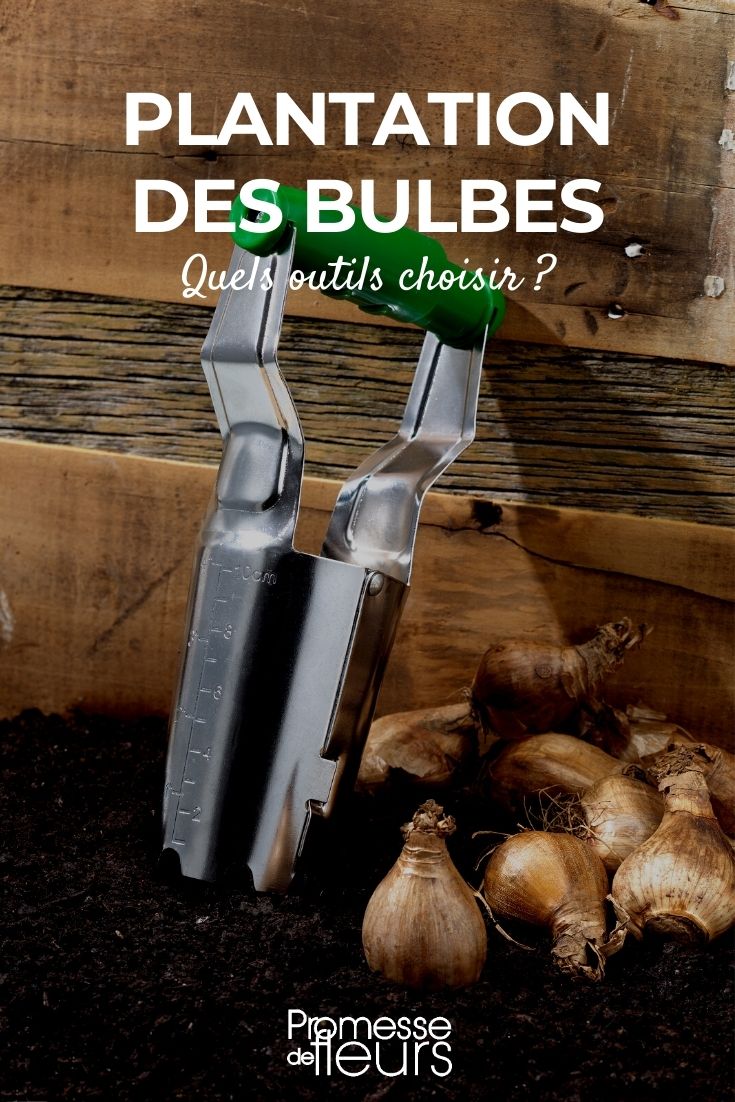

































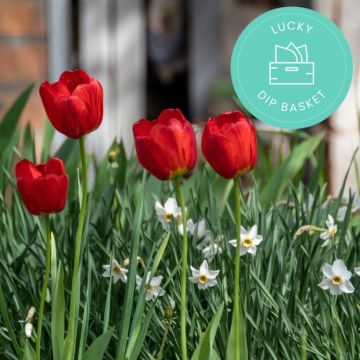
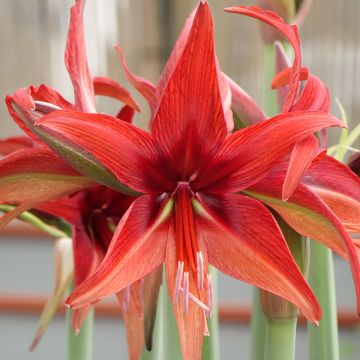
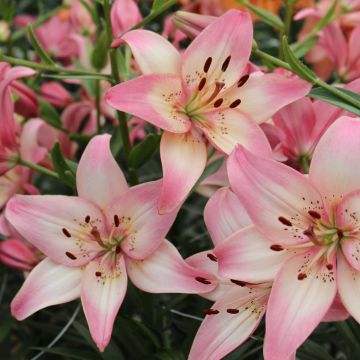

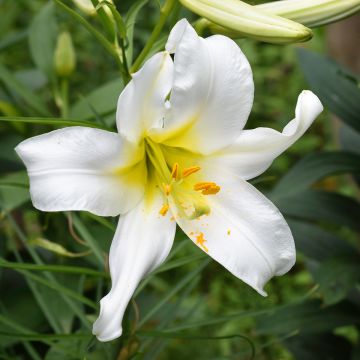

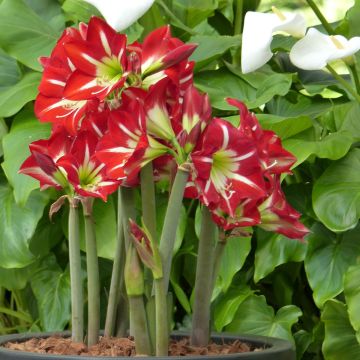
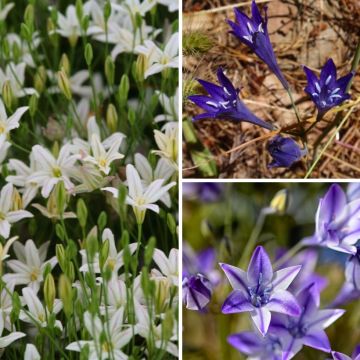
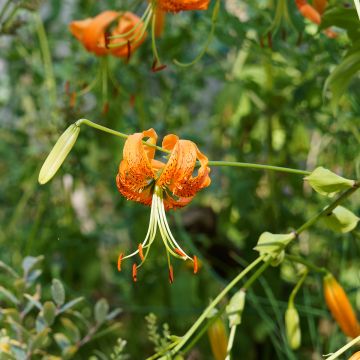
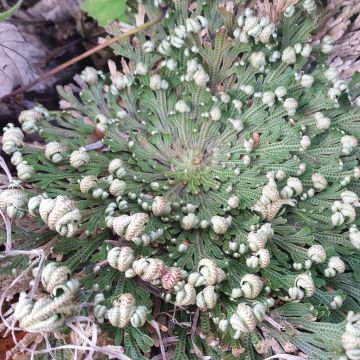
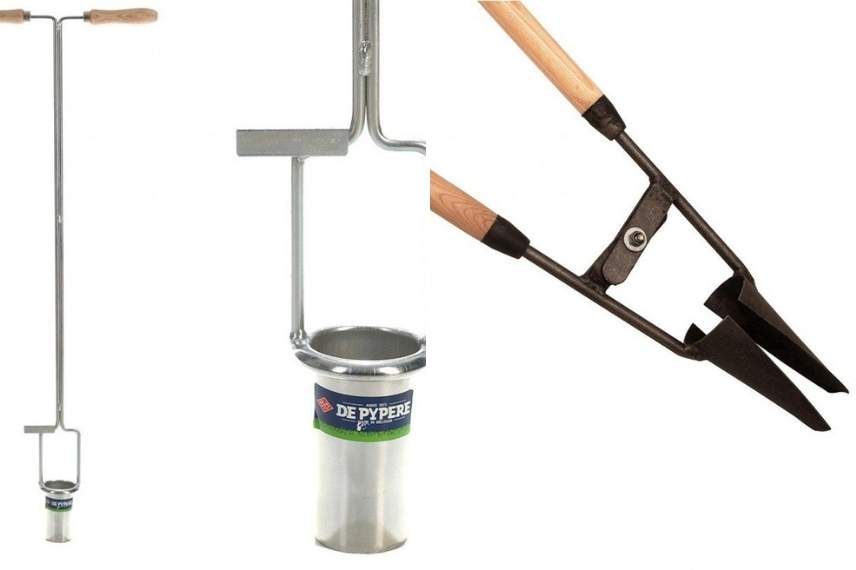
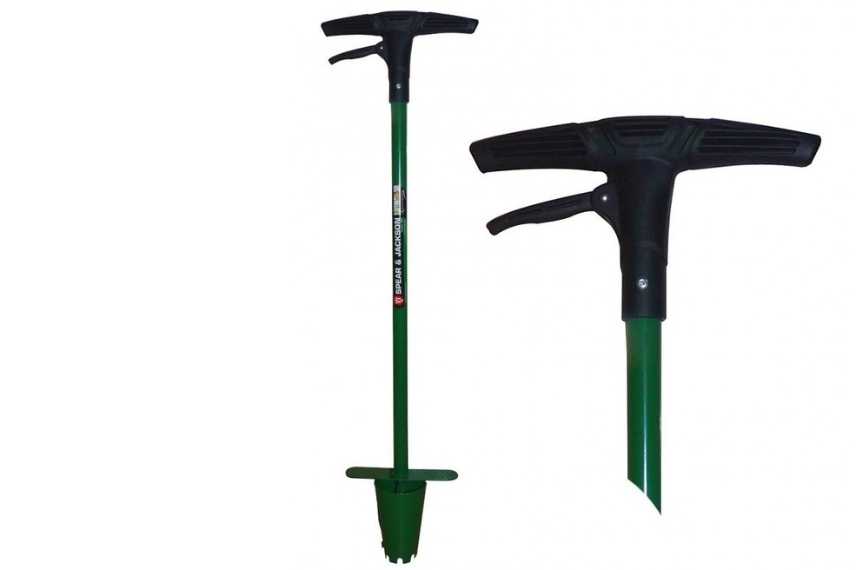
Comments